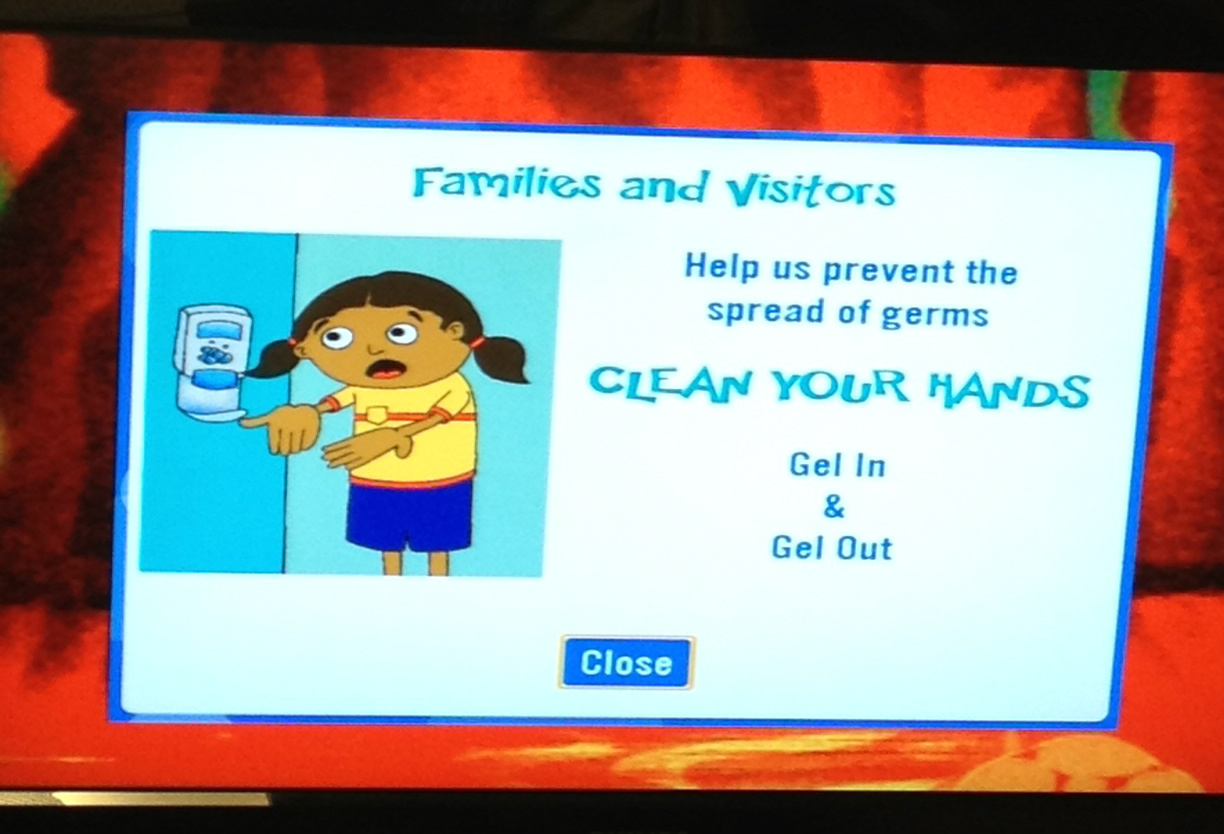The flu season in the United States is in full effect. Over 47 states have reported flu outbreaks with two of them, Boston and New York, declaring medical states of emergency. So what does that mean for you as a traveler? Does the flu and traveling go together?

No. Traveling and the flu are like oil and water – they just don’t mix.
Bottom line, if you knowingly have the flu, you should not be traveling. But as I’ve said before, in special cases, traveling while sick can’t always be helped. In addition, we don’t always know that we have the flu until we really HAVE the flu. That tickle in the back of your throat and that slight “headiness” could be early warning signs, or they could just be symptoms of something else. If they are early signs, then you’ve just spread your contagiousness to other travelers, or the reverse, someone spread their germs to you.
So what can you do and what do you need to know?
Current Statistics
Besides the far West of the United States, the rest of the country has either experienced high levels of illness or reported flu outbreaks, as relayed by the US Centers for Disease Control and Prevention. The CDC also reports:
- The hardest hit areas are the East, South, and Midwest.
- In New York alone, there have been more than 19,000 reported cases so far this season, a 250% increase as compared to last year.
- At least 18 children have died nationwide.
- Hospitalizations are up 169% from the same period last year.
If you walk into a major retailer like Costco, you’ll see their vitamin and nutritional stock relocated to the front entrance of the store. However, in addition to offering vitamins, many retailers with pharmacies like Costco, Target, major supermarkets, and big pharmacy chains like CVS and Walgreens, are also offering flu shots. In some states, like New York, there have been reported shortages for the vaccine.

Protection and Prevention
1. Healthcare professionals and the CDC are saying the most important step is to get the flu shot. Even though the shot is only 62% effective, the CDC feels that’s better than nothing.
2. Practice good hand washing: Germs are rampant and abundant on any surface you touch, so wash your hands frequently. In lieu of a basin and some soap, carry a small bottle of hand sanitizer. Don’t be afraid to offer a squeeze to others.

3. Personal space: As I tell my son, if you see someone coughing and sneezing, move away from them. Forget about being polite, focus on protection.
4. Be healthy: a healthy diet that includes fruits, vegetables, and vitamins is always a great first course to a healthy immune system. Couple that with plenty of fluids and rest, and you’re building great defenses.
5. Wear a surgical mask: Don’t be afraid of “looking crazy” – surgical masks are a great way to protect your system from airborne germs. Walk into any hospital and you will see workers donning masks in times like these to protect themselves from sick patients or vice versa. In Japan, it’s commonplace to see people wearing surgical masks in public to prevent the spread of disease. (It is also worn to protect against pollen in the Spring but that’s another travel and health subject.)
Although I’m not a fan of the flu shot, if I were traveling, specifically if I were boarding a plane, bus, or cruise ship, I’d get the shot. The CDC also has its HealthMap Vaccine Finder site where you can plug in your current zip code to find the nearest location to get the shot.